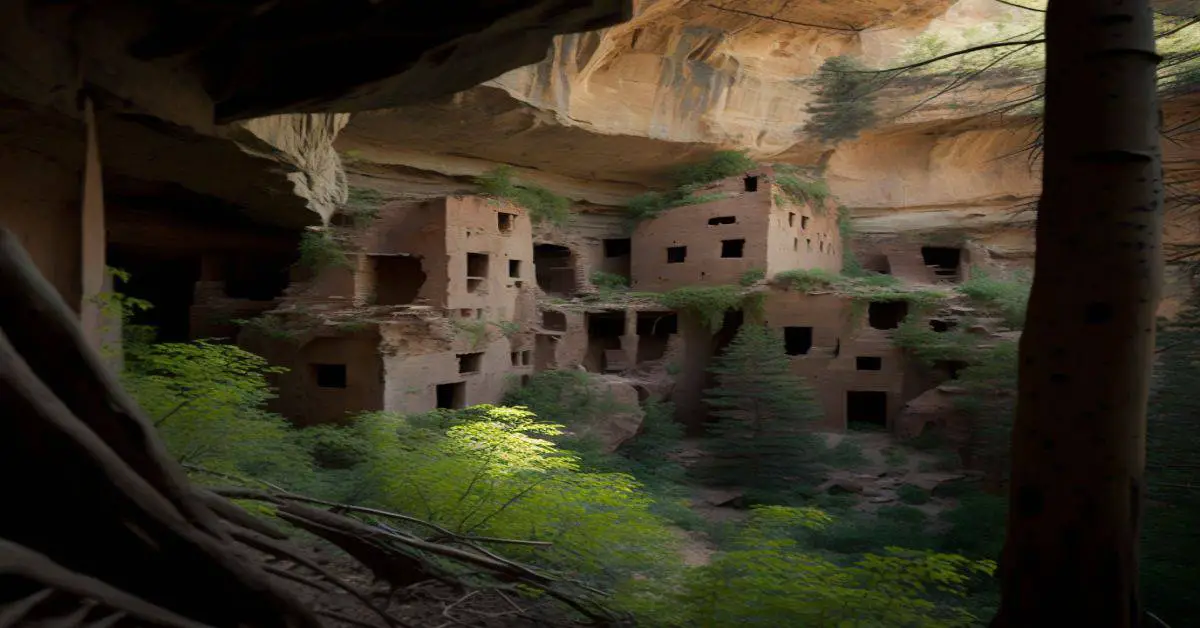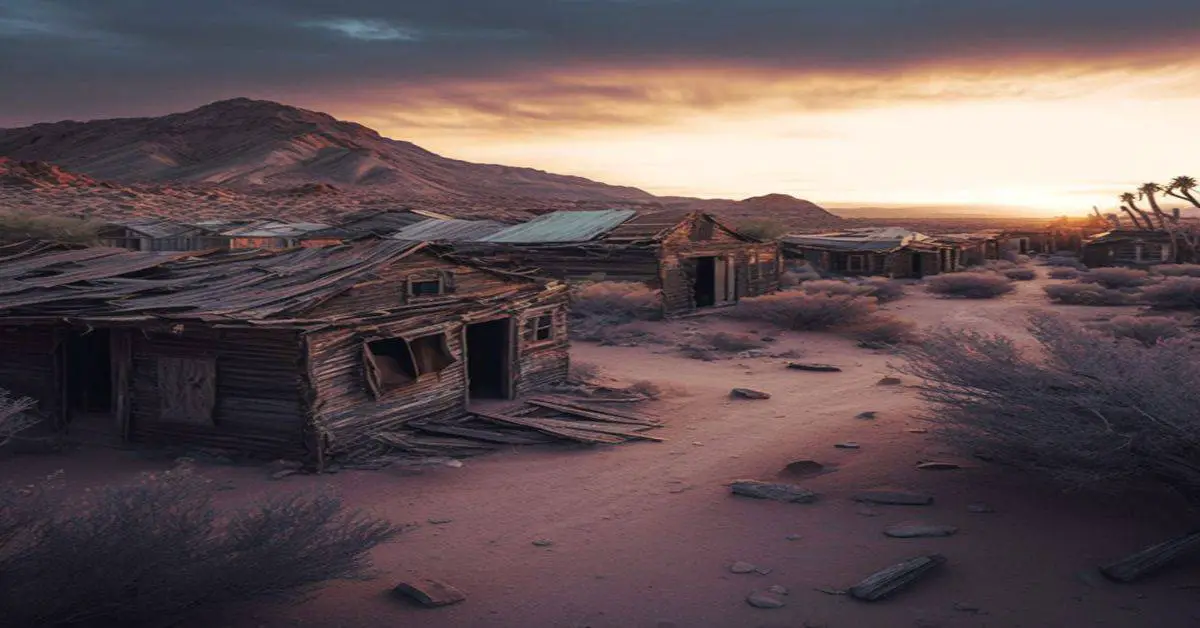Conklingville, NY
County:
Zip Code:
Latitude / Longitude:
Elevation:
Time Zone: Eastern (EST) (UTC-5)
Established:
Disestablished:
Comments:
Remains:
Current Status:
Remarks:
Dicktown, NY
County: Putnam
Zip Code:
Latitude / Longitude:
Elevation:
Time Zone: Eastern (EST) (UTC-5)
Established:
Disestablished:
Comments:
Remains:
Current Status:
Remarks:
Doanesburgh, NY
County:
Zip Code:
Latitude / Longitude:
Elevation:
Time Zone: Eastern (EST) (UTC-5)
Established: 1839
Disestablished: 1855
Comments:
Remains:
Current Status:
Remarks:
Doodletown, NY
County: Rockland
Zip Code:
Latitude / Longitude: 41° 17′ 47.89 N, 73° 59′ 41.1 W
Elevation:
Time Zone: Eastern (EST) (UTC-5)
Established:
Disestablished:
Comments: Doodletown was an isolated hamlet in the Town of Stony Point, Rockland County, New York, United States.
Remains: Around 1854 the Mountville Presbyterian Church was built to serve the families of Doodletown. The building was also used for a school.
Current Status: Purchased by the Palisades Interstate Park Commission during the 1960s, it is now part of Bear Mountain State Park and a popular destination for hikers, birdwatchers, botanists, and local historians. It is located north of Jones Point, west of Iona Island, and southeast of Orange County. The former settlement is now a ghost town.
Remarks: Members of the first family to settle in Doodletown during the 18th century, Huguenots whose last name was anglicized to “June”, were also the very last to leave it in the 1960s.
Elko, NY
County: Cattaraugus
Zip Code:
Latitude / Longitude: 42° 3′ 25.2 N, 78° 52′ 51.6 W
Elevation:
Time Zone: Eastern (EST) (UTC-5)
Established: 1890
Disestablished: 1965
Comments: Elko was a town in Cattaraugus County, New York, that existed from 1890 to 1965.
Remains: It was forcibly evacuated in 1965 due to the construction of the Kinzua Dam on the Allegheny River in Warren County, Pennsylvania, one of the largest dams in the United States east of the Mississippi. The dam was authorized by the United States Congress as a flood control measure in the Flood Control Acts of 1936 and 1938 and was built by the U. S. Army Corps of Engineers beginning in 1960. Other benefits from the dam include drought control, hydroelectric power production, and recreation.
Current Status: Elko was forcibly evacuated in spring 1965 as part of the Kinzua Dam construction. In September of that year, the remaining residents voted 13–1 to dissolve the town and give its remaining equipment and land to the neighboring town of Coldspring. The landmark Quaker Bridge was demolished and replaced with one several miles upstream, near Steamburg when the Southern Tier Expressway was built, and the highways serving Elko were all reconfigured to eliminate most of the town’s infrastructure.
Remarks: As of the 1940 United States Census, the most recent for which census data for the town is available online, 125 people were resident in Elko. Elko was one of the first areas in Cattaraugus County to be settled by Europeans. The Quakers, with the blessing of Seneca diplomat Cornplanter, established a mission on the Allegany Indian Reservation beginning in 1798.
Jayville, NY
County: St. Lawrence
Zip Code:
Latitude / Longitude:
Elevation:
Time Zone: Eastern (EST) (UTC-5)
Established: 1850
Disestablished: 1888
Comments:
Remains:
Current Status:
Remarks:
Love Canal, NY
County: Niagara
Zip Code:
Latitude / Longitude: 43°04’50 N 78°56’56 W
Elevation:
Time Zone: Eastern (EST) (UTC-5)
Established:
Disestablished:
Comments: Love Canal is a neighborhood within Niagara Falls, New York. The neighborhood is infamously known as the location of a 70-acre (28 ha) landfill that served as the epicenter of a massive environmental pollution disaster that affected the health of hundreds of residents, culminating in an extensive Superfund cleanup operation.
Remains: In 1890, William T. Love, an ambitious entrepreneur from the Western Railroad Corporation, envisioned a perfect urban area called “Model City”. He prepared plans to construct a community of parks and residences on the banks of Lake Ontario, believing it would serve the area’s burgeoning industries with much-needed hydroelectricity.
Current Status: At the time of the dump’s closure in 1952, Niagara Falls was entering an economic boom, and the population began expanding dramatically, growing by 33% in twenty years (1940-1960) from 78,020 to 102,394.
Remarks:
North And South Brother Islands, NY
County:
Zip Code:
Latitude / Longitude:
Elevation:
Time Zone: Eastern (EST) (UTC-5)
Established:
Disestablished:
Comments:
Remains:
Current Status:
Remarks:
Onoville, NY
County: Cattaraugus
Zip Code:
Latitude / Longitude: 42°1′58″N 78°59′36″W / 42.03278°N 78.99333°W / 42.03278
Elevation: 1,411 ft (430 m)
Time Zone: Eastern (EST) (UTC-5)
Established:
Disestablished:
Comments: South Valley is a town in Cattaraugus County, New York, United States. The population was 264 at the 2010 census. The name is from the town’s geographical attributes. The town is in the southwest corner of the county. It is east of the city of Jamestown.
Remains: The town was first settled in 1798 by Quaker missionaries, who attempted to teach the local Indians agriculture and skills needed to cooperate with non-native settlers. The Quakers started a school in 1803 and erected a sawmill in 1812, but the mill caused dissension in the tribe and, at the request of Seneca leaders Cornplanter and Handsome Lake, was pulled down.
Current Status: A few scattered businesses operate in the town, including two prominent restaurants, the Horseshoe Inn on West Bank Perimeter Road and the Nic-L-Inn on Bone Run Road. Some small convenience stores and boating supply shops operate near the marina.
Remarks: If Onoville had ever been assigned a ZIP Code, it would have likely been 14764, as gaps in the United States Postal Service’s online database have ZIP codes 14761 to 14764 missing, with a town name somewhere alphabetically between Olean and Oramel; as Olean is substantially larger and ZIP Codes 14761 through 14763 were likely reserved for it but never used, it is unknown whether 14764 was reserved for Olean or Onoville). If the ZIP Code had been assigned, it likely was never used, since, by the time ZIP Codes were rolled out outside the cities in 1963, the Kinzua Dam was already being built.
Oswego, NY
County: Oswego
Zip Code:
Latitude / Longitude: 43°27′17″N 76°30′24″W / 43.45472°N 76.50667°W / 43.45472
Elevation: 285 ft (87 m)
Time Zone: Eastern (EST) (UTC-5)
Established:
Disestablished:
Comments: Oswego / s’wi go / is a city in Oswego County, New York, United States. The population was 18,142 at the 2010 census. Oswego is located on Lake Ontario in north-central New York and promotes itself as “The Port City of Central New York”. It is the county seat of Oswego County.
Remains: The city of Oswego is bordered by the towns of Oswego, Minetto, and Scriba to the west, south, and east, respectively, and by Lake Ontario to the north. Oswego Speedway is a nationally known automobile racing facility. The State University of New York at Oswego is located just outside the city on the lake. Oswego is the namesake for communities in Montana, Oregon, Illinois, and Kansas.
Current Status: Today, Fort Ontario is being restored to its 1867–1872 appearance. Costumed interpreters recreate the lives of the officers, men, and civilians who garrisoned the fort in 1868–1869.
Remarks: The British established a trading post in the area in 1722 and fortified it with a log palisade later called Fort Oswego. The first fortification on the site of the current Fort Ontario was built by the British in 1755 and called the “Fort of the Six Nations”.
Red House, NY
County: Cattaraugus
Zip Code:
Latitude / Longitude: 42°2′25″N 78°48′19″W / 42.04028°N 78.80528°W / 42.04028
Elevation: 2,215 ft (675 m)
Time Zone: Eastern (EST) (UTC-5)
Established:
Disestablished:
Comments: Red House (Seneca: joë’hesta) is a town in Cattaraugus County, New York, United States. As of the 2010 census, the town population was 38, making it the least populous town in the state. The town is on the south edge of Cattaraugus County, south of the city of Salamanca.
Remains: The area that would become the town was first settled by outsiders after 1827. The town of Red House was formed in 1869 from part of the town of Salamanca. It was named for its famous landmark, the Red House, a Civil War-era domicile located at the confluence of a small creek (later named Red House Creek) with the Allegheny River. The house was remarkable for its strange, dark crimson coloring and was originally constructed as a resting house for those traveling along the river.
Current Status: Locals have expressed skepticism that the Frecks story has any historical basis, and a 1965 description of Red House’s name origin lists the original owner of the house as being “unknown.” Of the numerous ghost stories that are reputed in Red House, the Frecks story is not one of them. The house was a restaurant and hotel in its last years and, like most others in the town, was demolished in the early 1990s. Newspaper clippings from 1972 have made note of a legend that the house was originally owned by a native American at the time logging began in the area, and that only the door of the house was painted red.
Remarks: According to an Internet rumor, it was initially occupied by the Frecks family, local landowners of some repute (for whom the hamlet of Frecks is named), whose extended family was torn apart by the ravages of the Civil War, both emotionally and through the loss of several members. As the story goes, when eldest son Johnny Frecks died in the Civil War, his widow began an affair with the next-eldest, James (a relationship said to have been carried on while Johnny was fighting in the war). Exiled by the family for their relationship, the lovers killed themselves, and their ghosts were said to haunt the house for the rest of its existence. Family patriarch Jonathan Frecks II died shortly after of mysterious causes, after which the family donated a great deal of money to the town and promptly moved to another residence out of the area. Several attempts were made to inhabit the Red House, but no one stayed there for any serious length of time as it was reputed to be haunted by the ghosts of the Frecks family.
Tahawus, NY
County: Essex
Zip Code:
Latitude / Longitude: 44° 3′ 2 N, 74° 3′ 4 W
Elevation:
Time Zone: Eastern (EST) (UTC-5)
Established:
Disestablished:
Comments: Tahawus (also called Adirondac, or McIntyre, pronounced ‘tuh-hawz’) was a village in the Town of Newcomb, Essex County, New York, United States. It is now a ghost town situated in Adirondack Park. Tahawus is located in Essex County within the unpopulated northern area designated to the town of Newcomb.
Remains: Tahawus was the site of major mining and iron smelting operations in the 19th century. Although standing as recently as 2005, the last mining facilities have since been demolished and removed (with the exception of some minor garages, blast furnaces, and outbuildings).
Current Status: The remains of at least 10 buildings remain on the former village site; most of them were constructed between 1890 and 1930 by the Tahawus Club. Only one of the buildings still standing on the site dates from the years when the old mining village of Adirondac was in operation, along with the remnants of the McIntyre Blast Furnace (built 1854). The furnace site has recently been cleared, and the furnace stack stabilized and cleaned. This was done as part of the Tahawus Tract project undertaken by the Open Space Institute which purchased the area in August 2003. Also, as part of a grant given for area cleanup and historic preservation, the old MacNaughton Cottage (built in 1845, one of the approximately ten remaining buildings) underwent restoration. This was the house that Vice President Theodore Roosevelt stayed in during his hike to Mount Marcy when he received news of President William McKinley being close to death after being shot in Buffalo, New York on September 6, 1901. No buildings are known to remain at the latter community of Tahawus along Sanford Lake, including the mines.
Remarks:

